Table of contents
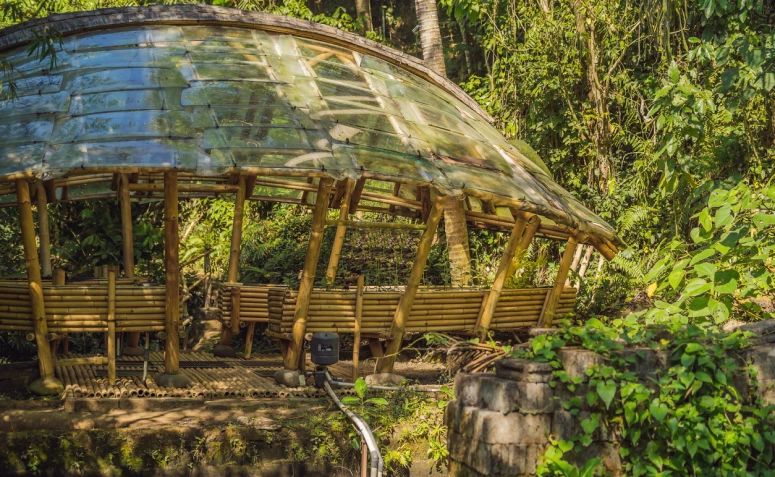
Bioconstruction is a technique that uses natural resources present on the construction site in order to reduce the environmental impact. For example, one of the materials used in this technique is raw earth, which can be present on the land itself.
What is bio-construction
Bio-construction is a construction technique that aims to have a lower environmental impact. In this way, the technique seeks to create alternative systems for the treatment and use of waste. In addition, bio-construction includes some resources from vernacular architecture. However, the vernacular architecture techniques have evolved and today, with bio-construction, are safer.
See_also: 55 models of planned kitchen with island to awake the chef in youTypes of bio-construction, learn about the main techniques
We consulted with architect and urban planner Carolina Ribeiro Dias, who is a permaculturist at the Instituto Ná Lu'um Argentina. In this way, Dias will talk a little about the main techniques of bio-construction.
- Adobe bricks: adobe put in molds, left to dry in the sun. This is one of the safest techniques because "it is prepared before being put on walls, giving the possibility to select the best pieces," explains Dias.
- Superadobe: It is a self-supporting technique, that is, it serves both the structure and the closure of walls. Like hyperadobe, it uses bags of bagged earth, placed in layers and pressed for greater adherence and stability. They generally form walls in circular shapes. Superadobe, because it was first developed in a more artisanal way, was generally composed of several bags ofpolypropylene reused and usually needed something to bind the layers together: usually barbed wire was used;
- Hyperadobe: Meanwhile, hyperadobe is an improvement on superadobe. The bags are sold in rolls, usually made of raffia, that is, they are similar to the yellow bags in which fruit is sold on the road. They create a single line of bagged earth that circles the perimeters of the building. This technique allows for the creation of very characteristic clay vaults.
- Pau a pique: Dias points out that this is an example of vernacular Brazilian architecture: a wooden lattice is used as a structure, and the closing is made with clay; it can also be made with rolled bamboo, which is the bamboo a pique technique.
- Quincha: In this technique, the bamboo is filleted and woven to give structure to the wall.
- Hand mortar and pestle mortar: hand rammed rammed earth is a closing technique, that is, it is with this technique that the closing of the techniques mentioned above is done. an adobe mixture is made, which is applied by slapping on the inside and outside of the structure. on the other hand, rammed earth is a technique in which boxes are created, where the adobe mixture is deposited and piled inside the box. after drying, the box isIn this way, the technique allows the use of various shades of adobe with each pillared layer, creating a very characteristic horizontal pattern of irregular stripes.
- Cob: This technique consists of using an adobe with more natural fibers, preferably straw, to create a bond with greater locking. This mixture is deposited manually, forming the closing walls of the construction.
The techniques cited by architect Carolina Dias are the main ones used in bio-construction in several parts of Brazil. In addition, when building using this methodology, one must take into consideration the composition of the soil on the site.
7 advantages of bio-construction
This modality of sustainable architecture has several advantages, which is why we highlight seven of them here:
- Less waste: Because this modality uses natural materials, the waste generated is greatly reduced;
- Less risk of fire: Bio-construction techniques do not take flammable chemicals;
- Energy savings: This type of architecture requires less machinery, implying less energy expenditure;
- Local knowledge: The vegetation and the land are specific to each region, so for each work, local knowledge will be very useful;
- Sustainability: Bio-construction is very sustainable and helps to preserve the environment;
- Electrical and hydraulic installation: The piping is made during construction, so it is tailor-made for each environment;
- Durability: The works can last up to six times longer than an ordinary construction;
All these advantages can go a long way in helping you choose bioconstruction for your next job.
See_also: How to make photo frames: see tutorials and 20 more ideas to inspire you12 photos of bio-construction to delight you
We've selected 12 wonderful photos of buildings that use bio-construction to give you ideas. Check them out:
1. an indoor environment can be very cozy

2. it is also possible to build an external bathroom
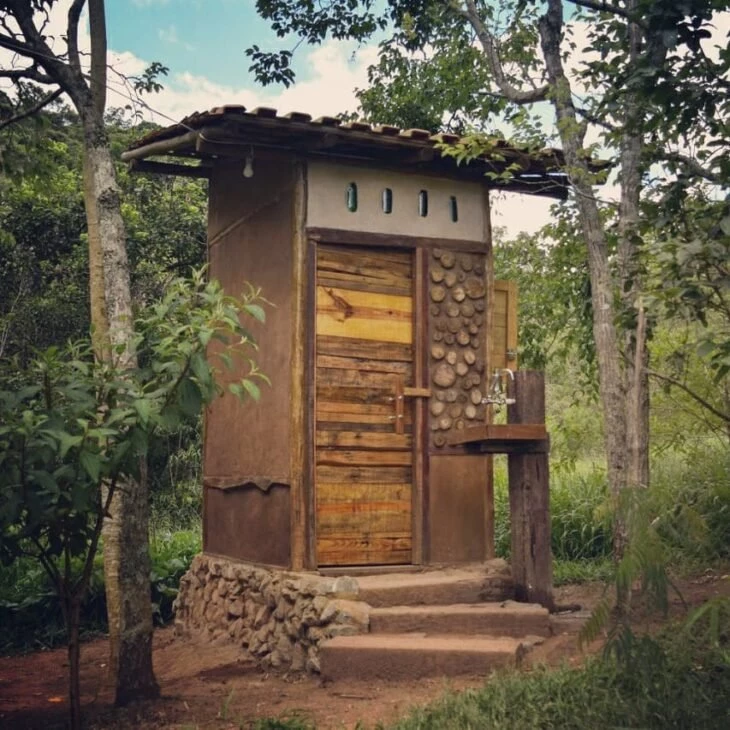
3. build very bright environments
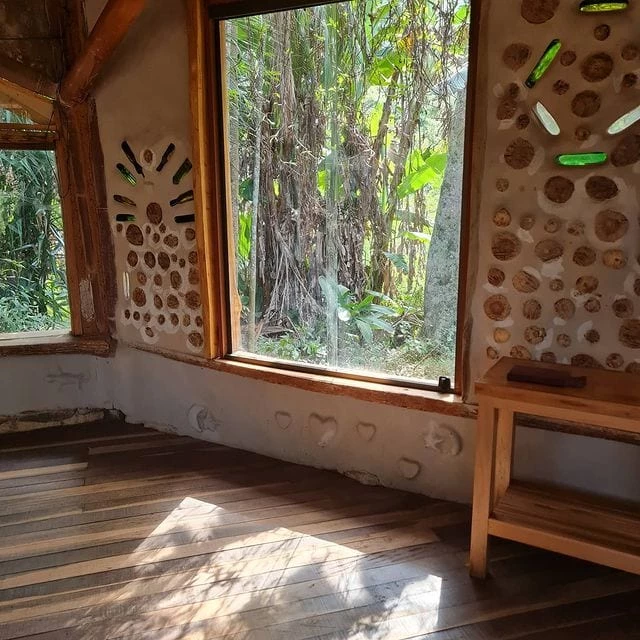
4. or a fully sustainable house

5. in addition, glass bottles can be used to help with lighting
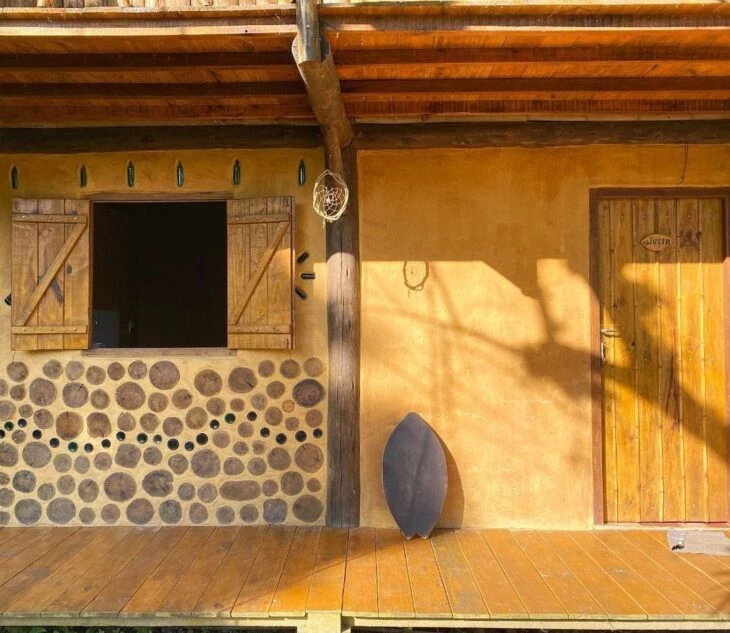
6. the reading and leisure areas are perfect
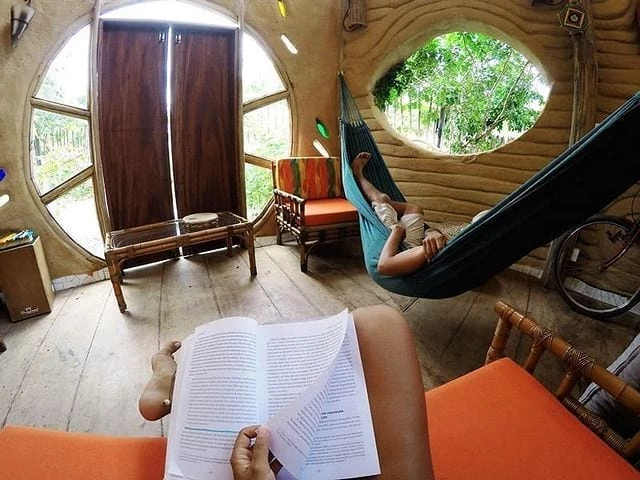
7. pau a pique walls can be used indoors
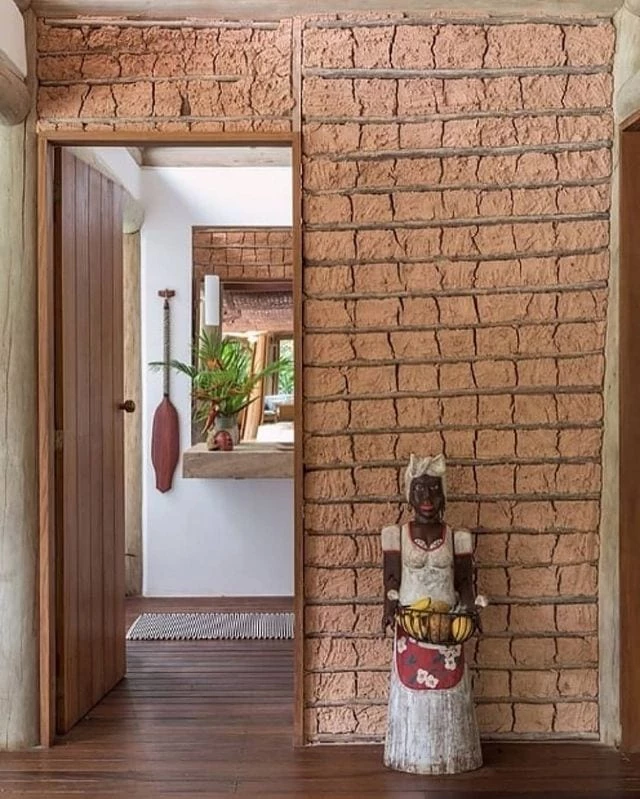
8. building with hyperadobe is much faster
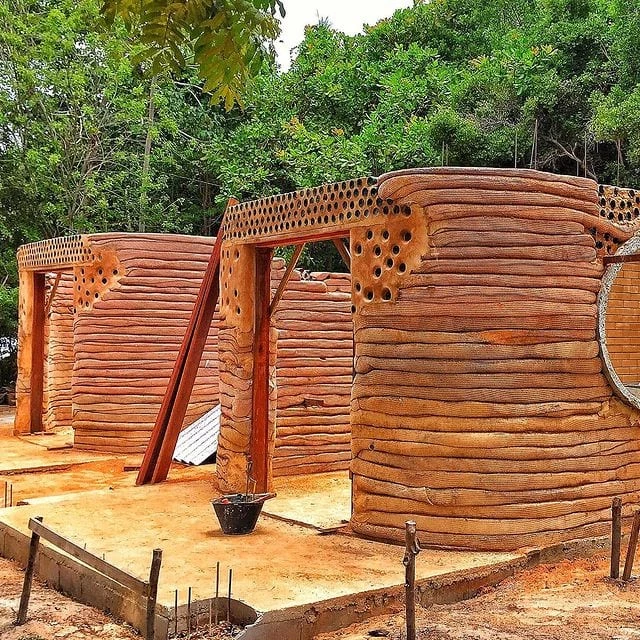
9. moreover, glass bottles add a unique charm to any environment

10. a dry toilet can be an eco-friendly solution for your home

11. a bamboo house can also be very modern and spacious

12. bamboo has a thousand and one uses
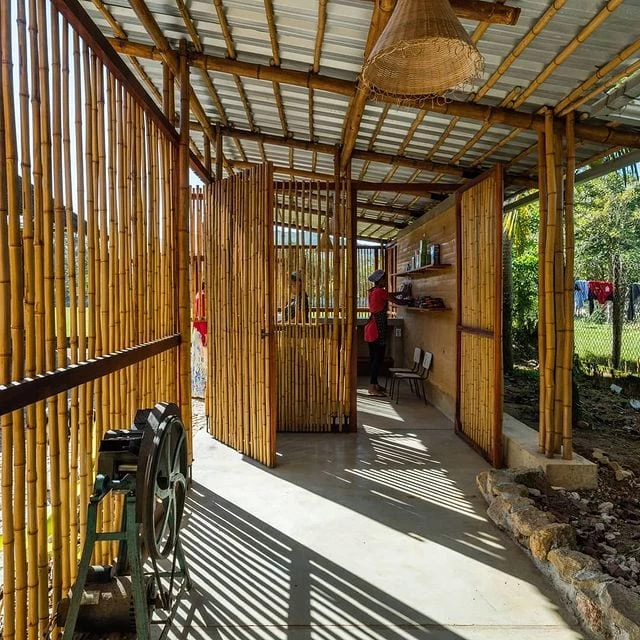
Bio-construction is one of the ways to have a more ecological house, and you can also check our tips on how to have a sustainable house.


